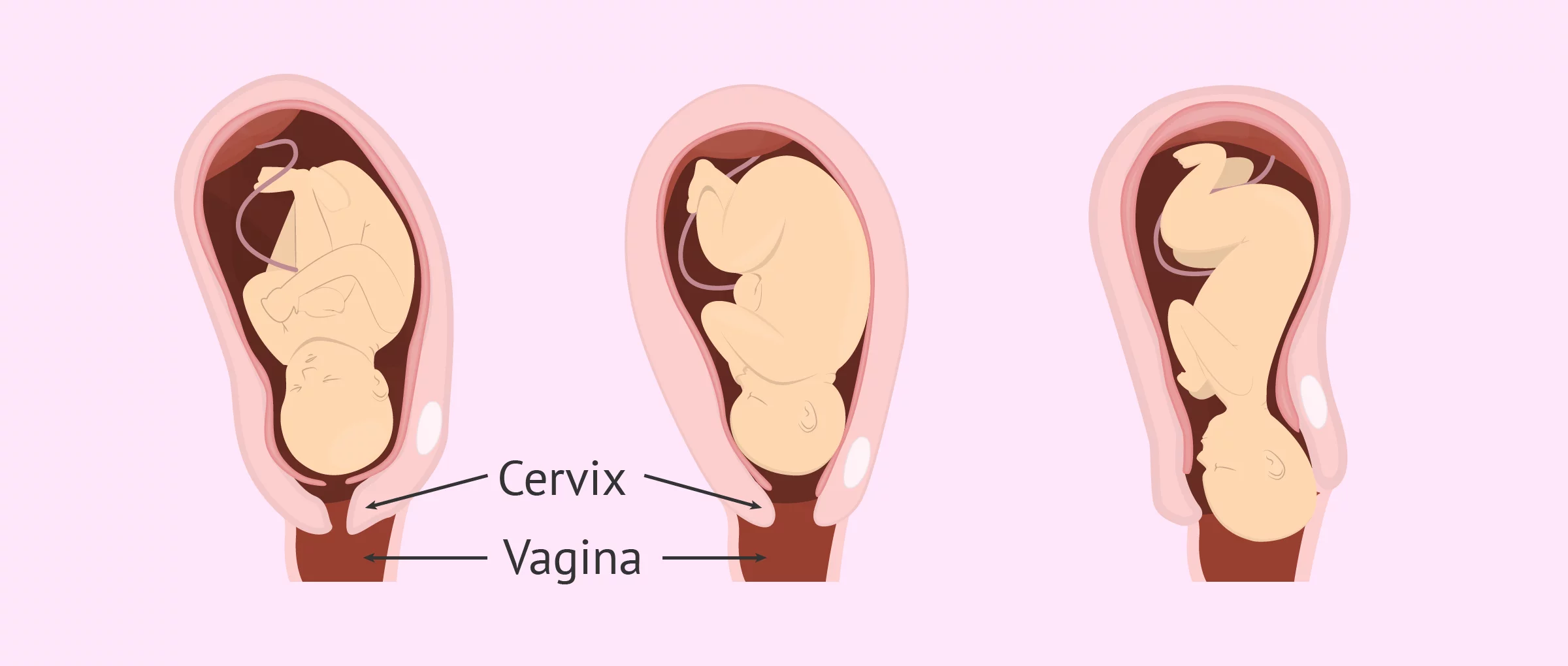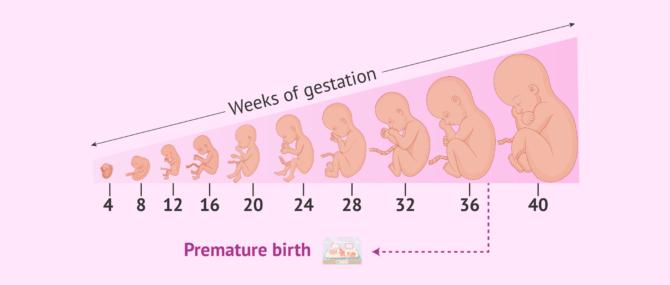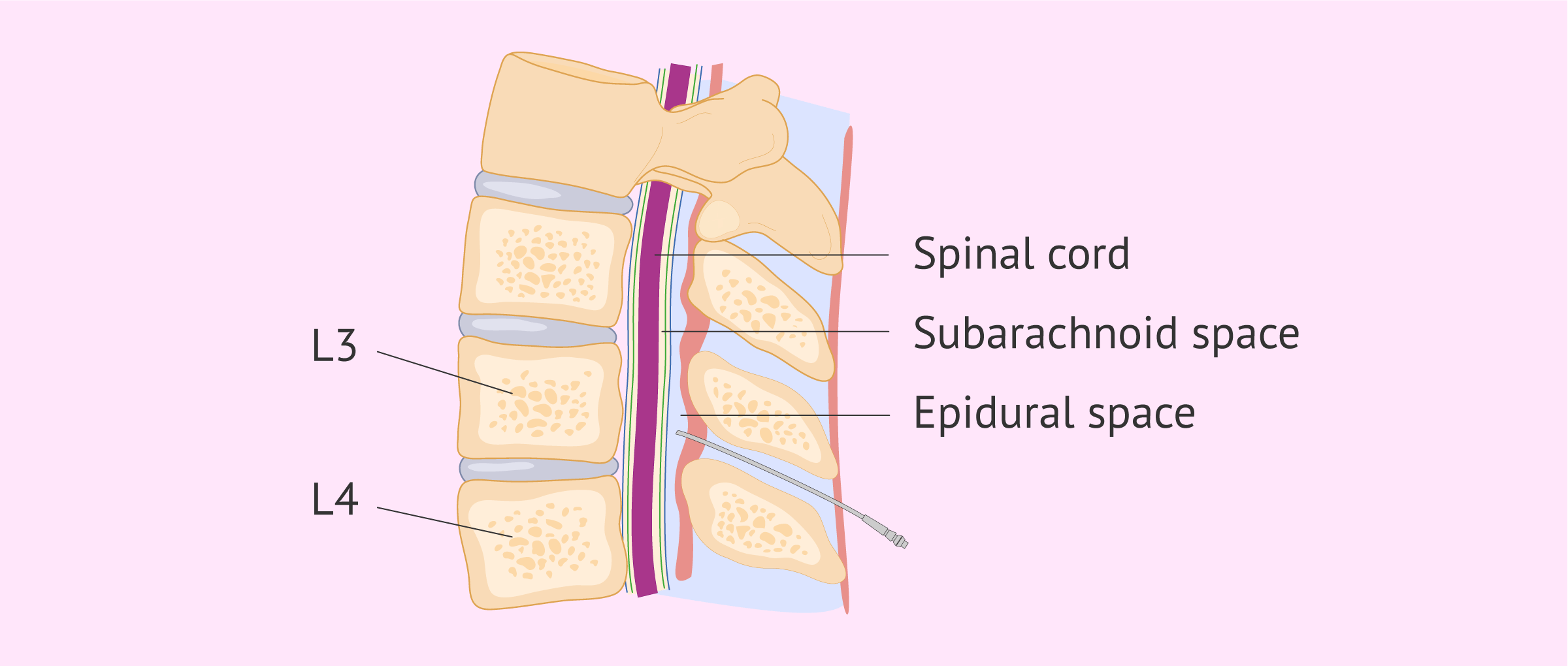Childbirth is the process by which the baby is born and therefore, it is the end of the pregnancy. Although the natural way is vaginal or euthyroid delivery (without medical intervention), there are also many dystocic deliveries. Among deliveries that require medical assistance, cesarean section is the most common.
Vaginal delivery can be performed with or without epidural anesthesia, so it is not always correct to call it natural childbirth.
Provided below is an index with the 8 points we are going to expand on in this article.
- 1.
- 1.1.
- 1.2.
- 1.3.
- 1.4.
- 2.
- 3.
- 4.
- 5.
- 5.1.
- 5.2.
- 5.3.
- 5.4.
- 5.5.
- 5.6.
- 5.7.
- 6.
- 7.
- 8.
Types of delivery
Although we generally speak of two basic types of delivery, natural/vaginal and cesarean delivery, there are also other forms of childbirth, usually related to complications.
The main characteristics of each type are explained below:
Vaginal Childbirth
The baby is born through the vagina thanks to the mother's pushing. The usual position for this delivery is called lithotomy: lying on your back with your feet up at buttock level. However, there is some controversy with the posture, as many say that in natural childbirth it is better for the woman to be in an upright position rather than horizontal, as this way she is helped by gravity.
Forceps and Vacuum-Assisted Delivery
In difficult vaginal deliveries, when the mother can no longer push and the baby will not come out, forceps are used which are placed on the baby's head and help to pull the baby out. Its use is not common.
On the other hand, obstetric vacuum is an instrument that, like forceps, assists in extracting the fetus through the vaginal canal. The obstetric vacuum is used in problematic situations to avoid a cesarean section. Additionally, it's important to consider that the baby must have progressed enough before proceeding to use the vacuum. Otherwise, if the baby's head hasn't descended yet, this method of delivery wouldn't be safe.
Cesarean section
Also called abdominal delivery, it consists of extracting the child through an opening in the abdomen. It is therefore a surgical intervention. It is more common in high-risk deliveries or multiple pregnancies. If you want to know more about this type of birth.
If you want to learn more about c-sections I recommend you visit this link: What is a c-section? - Definition and indications.
Premature delivery
When a baby is born before the 37th week of gestation, it's known as premature birth or preterm birth. The delivery can occur through any of the three methods mentioned earlier.
These babies might face health issues due to being born before their due time. The severity of these problems depends on how early the birth occurs.
We recommend you visit the following article for more detailed information on this topic: What causes premature birth? - Risks, causes and symptoms.
Preparation for childbirth
There is nothing specific that can help us predict the exact time of delivery. In fact, throughout the last month of pregnancy, the body gradually prepares for this moment.
- Decreased pressure in the rib cage, as the baby begins to descend and settle into the pelvis.
- Increased uterine contractions.
- The cervix begins to dilate and soften.
- Rupture of the mucus plug.
- The so-called "water breakage".
Due to vaginal dilatation, the mucus plug that has kept the cervix closed during pregnancy is expelled. It is a small amount of thick discharge that sometimes appears blood-tinged. It can be expelled all at once or over several days.
Although the expulsion of the mucus plug marks the beginning of uterine dilatation, labor may occur immediately thereafter or even after a few days.
Water breakage refers to the expulsion through the vagina of the amniotic fluid that covers the baby during the 9 months of pregnancy. There are women whose water breaks before they begin to feel contractions and others whose amniotic sac ruptures after they have been having strong and regular contractions for some time.
If you want to read more on preparing for labor you can visit this article: Childbirth preparation classes: Preparing for delivery.
Duration of labor
The duration of labor depends on each birth, but it usually lasts between 6 and 15 hours. Labor begins with the first contractions until the cervix dilates and thus shortens in length.
After 4 centimeters of dilation, a more active stage begins and contractions become stronger and more frequent. When you reach 10 cm dilated, the baby can start to come out.
The duration of the baby's arrival can take between 2 and 8 hours, it is necessary for the mother to push so that the baby can come out. The length of this period varies greatly between first-time mothers and those who have given birth before.
Delivery with or without epidural
An epidural is a local anesthetic placed in the epidural space that blocks the nerve endings at the level of the bone marrow. Although it is an anesthetic used in many other surgical procedures, it is known as the anesthesia of childbirth.
Although it is a very safe form of anesthesia with few side effects, not all pregnant women want to have it, as some prefer to feel the entire birth.
Among the main advantages of epidural injection, we highlight the complete elimination of pain, both in vaginal delivery and cesarean section, without the woman ceasing to be aware of the birth of her child.
However, it also has disadvantages such as the prolongation of labor time or the increase in the number of cases in which episiotomy or forceps are needed.
In the case of cesarean delivery, since it is a surgical procedure, anesthesia will always be applied. In most cases, an epidural is applied, although there are some situations in which general anesthesia is recommended.
If you want more information about the advantages and disadvantages of childbirth with and without epidural, I recommend you read this article: Epidural Anesthesia during labor: Benefits and Side effects.
FAQs from users
What are the advantages of natural childbirth over cesarean section?
Natural childbirth is almost always the best, both for the mother and the baby.
Cesarean section is a surgical intervention, and therefore carries more risks for the mother (bleeding, infection...). In addition, children born by natural childbirth adapt better respiratorily than those born by cesarean section.
Therefore, natural childbirth will be the ideal type of delivery. However, if there is a maternal illness, fetal distress or if the dilatation does not progress correctly, it will be better to opt for a cesarean section.
When should childbirth preparation classes begin?
Childbirth preparation courses usually begin around the 6th - 7th month of pregnancy, although they can be started in the first trimester of pregnancy.
They consist of a theoretical part and a prenatal gymnastics part.
Most couples decide to take a course of 6/8 sessions during the last months of pregnancy.
What are the advantages of water birth?
This is a type of delivery in which the woman gives birth with the lower half of her body submerged in warm water. This promotes relaxation and therefore makes childbirth easier for many women. In addition, the passage from the mother's womb to the outside is more gradual and therefore less traumatic for the baby, who will be enveloped by the warm water during its first seconds of life.
It is important to note that not all deliveries can take place under water, as in some conditions it may be contraindicated. Therefore, it is essential to always consult a doctor.
In order to carry out this type of delivery, uterine dilatation must have reached 3-5 cm. If the woman enters the water too early, contractions may slow down. However, when dilation is already active, the water shortens their duration.
It is recommended that the mother should not stay in the water for more than two hours, as this may relax her too much and complicate the expulsion of the fetus.
Is home birth recommended?
It is generally recommended that the delivery take place in a hospital center where the woman can receive quality medical care. In addition, although complications in childbirth are few nowadays, in the event of any altercation, medical intervention is much quicker and more effective if the woman is already in a specialized center.
What are the particular characteristics of twin births?
First of all, it is important to note that approximately half of twin deliveries occur by cesarean section. The key factor that will lead to one type of delivery or the other is the position of both babies. As there are two of them, it is more complex for both to be well positioned so that vaginal delivery can occur without complications and, for this reason, cesarean delivery is more common than in cases of single birth.
On the other hand, if it is a monochorionic monoamniotic pregnancy, a cesarean section will necessarily have to be performed. Since both babies are in the same placenta and the same amniotic sac, their umbilical cords are more likely to intertwine and lead to complications in vaginal delivery. Therefore, in these cases, cesarean section is usually performed.
What is induced labor?
Induced labor occurs when, for various reasons, it is necessary to induce labor by means of medication. It is performed when, by medical indication, it is recommended to terminate the pregnancy due to the possibility of risk to both the mother and the fetus.
The pregnant woman receives intravenous oxytocin, which will cause regular uterine contractions that will favor the dilation of the uterus and thus the expulsion of the fetus.
There are also situations in which, in addition to the administration of oxytocin, artificial rupture of the amniotic sac is performed. In this way, the baby's head is pushed down and presses on the cervix.
Is it possible to have a natural childbirth without pain?
Yes, the placement of epidural anesthesia allows the woman to give birth naturally without pain.
Suggested reading
If you would like to know about the breastfeeding period, then you can visit this link: Feeding your newborn baby - breastfeeding or formula feeding?
We make a great effort to provide you with the highest quality information.
🙏 Please share this article if you liked it. 💜💜 You help us continue!
References
Eduardo B da Fonseca, Rievani Damião, Daniela Aires Moreira. Preterm birth prevention. Best Pract Res Clin Obstet Gynaecol. 2020 Nov;69:40-49 (View)
Jihan Jeon, Sunghun Na. Vacuum extraction vaginal delivery: current trend and safety. Obstet Gynecol Sci. 2017 Nov;60(6):499-505. doi: 10.5468/ogs.2017.60.6.499 (View)
Nicholas M LeFevre, Ellisa Krumm, William Jacob Cobb. Labor Dystocia in Nulliparous Women. Am Fam Physician. 2021 Jan 15;103(2):90-96.
Roshni R Patel, Deirdre J Murphy. Forceps delivery in modern obstetric practice. BMJ. 2004 May 29;328(7451):1302-5. doi: 10.1136/bmj.328.7451.1302 (Ver)
Tiffany Tonismae, Christinne D. Canela, William Gossman. Vacuum Extraction. (View)
Wanda D Barfield. Public Health Implications of Very Preterm Birth. Clin Perinatol. 2018 Sep;45(3):565-577. doi: 10.1016/j.clp.2018.05.007 (View)
FAQs from users: 'What are the advantages of natural childbirth over cesarean section?', 'When should childbirth preparation classes begin?', 'What are the advantages of water birth?', 'Is home birth recommended?', 'What are the particular characteristics of twin births?', 'What is induced labor?' and 'Is it possible to have a natural childbirth without pain?'.
Authors and contributors
More information about Cristina Algarra Goosman











Hello, I am pregnant with my second child, with the first one I had a safe and fairly easy delivery but I had a very bad experience with the doctors at the hospital. I have been researching home births and I think I want to try it with this baby. What risks are associated with it?
Hello Katina45,
When facing a home birth it is important to take into account certain aspects that ensure the health of both you and the baby.
If you have decided to have a home birth it is important that you go to a midwife who can guide you and accompany you to establish a safe and respectful birth.
Talking to the professionals and establishing guidelines and key points where the birth may require medical assistance in a hospital is important. It is therefore recommended to have a hospital close to the place where you will give birth.
I hope I have helped you.
Best regards.
Hi, I’m 33 weeks, I’ve been feeling contractions for a few days, I know it’s too soon, but I’m afraid it might be LAS contractions and I might go into premature labor. How can I know if it is really labor?
Hello Paige,
The most common contractions from the second trimester to the time of delivery are Braxton hicks. These contractions called preparatory contractions appear throughout the second trimester, they are characterized by sporadic contractions of no more than 30 seconds that contract the uterus but do not dilate the cervix.
In order to differentiate these contractions from active contractions, those that induce labor, we can identify different characteristics. Contractions that end in labor progressively intensify. They go from being sporadic to occurring in a pattern. They usually last about one minute and it is difficult to talk while they are occurring. Doctors advise approaching a hospital when contractions occur every 5 minutes with a duration of 1 minute.
I recommend that you monitor the contractions for a couple of hours and consult your doctor if they get closer in time or become very intense.
I hope I have helped you.
Good luck!